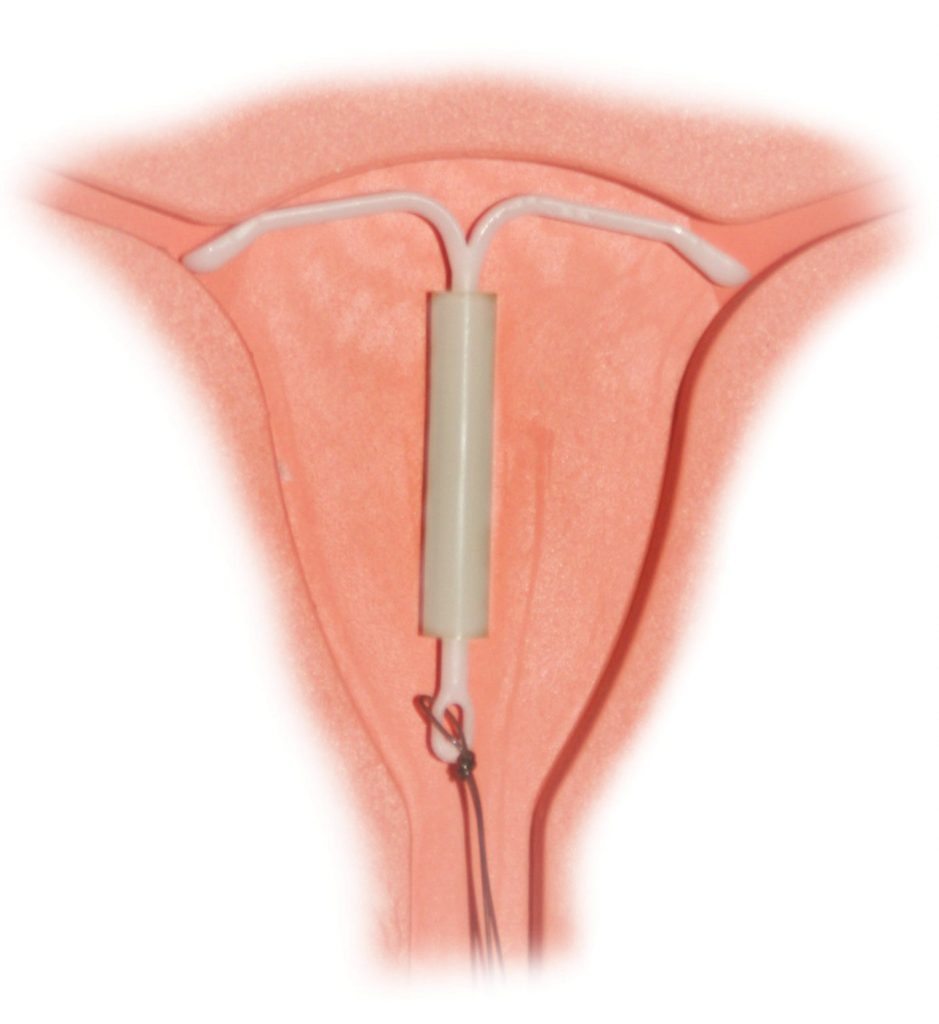
Read Intrauterine devices (IUD) first.
- Lactating ladies or after delivery however, not after 4 weeks
- Ladies with liver disease, hepatitis or using medicines that affect the liver
- Women with breast tumor, hypertension, hyperlipidemia, background of ischemic cardiovascular disease, stroke or multiple risk elements for cardiovascular disease.
- Ladies with current deep vein thrombosis/pulmonary embolism.
- Women who’ve had major medical procedures or trauma
- Women with migraines with or without focal neurological symptoms.
Who qualifies for LNG-IUS?
- Women with severe menstrual bleeding (menorrhagia)
- Women with painful menses ( dysmenorrhoea)
- Women with endometriosis.
- Women with bleeding disorders or on anticoagulation treatment with heparin or warfarin
- Women with thalassemia, sickle cell disease, or iron-deficiency anemia.
- Breastfeeding women after 4-6 weeks post delivery
When is IUD not good for use?
- Women with current or recent history of pelvic infections
- Women with current sexually transmitted infections
- Women with infections such as purulent cervicitis (pus in cervix), pelvic tuberculosis.
- Pregnant women
- After a septic abortion
- Women with uterine abnormalities or fibroids distorting the uterine lining ( endometrium)
- Women with undiagnosed genital bleeding
- Women with allergy to any component of the IUCD
- Women with Wilson’s disease (for copper-containing IUD).
Advantages of IUCD
- The intra-uterine contraceptive device (IUCD) is 98-99% effective in preventing pregnancy. You won’t have to worry about birth control for one or two years or more, depending on the type of IUCD.
- It is an effective method of birth control.
- It is cost effective
- It can be used for an extended period
The disadvantages of an IUCD
- The IUCD doesn’t drive back HIV or various other STIs.
- There is a threat of obtaining pelvic inflammatory disease (PID) especially in people that have STI
- An IUCD can boost your likelihood of having an ectopic pregnancy (pregnancy that grows in a fallopian tube). Nevertheless, the IUCD is so effective at stopping pregnancy that the incidence of both ectopic and intrauterine pregnancies are reduced
- It really is difficult to insert in nulliparous women ( those who have never gotten pregnant)
- There is a risk of uterine perforation during the insertion
Side effects of IUCD
The IUCD may have some complications such as:
- Lower abdominal pain or cramping when it is inserted
- Some women may experience heavier and more painful periods
- Infections after insertions
- In those with pregnancy that is undiagnosed, there may be abortion. It is important to perform a pregnancy test before the insertion in unclear circumstances
- Some cases have been reported of a punctured uterus when the doctor goes too deep
- Infertility.
Treating the side effects
- Excessive bleeding. Treat with medications such as ponstan, diclofenac. Have a check up for disorders such as uterine polyp, pregnancy, or endometritis
- When there is a partial expulsion of the IUD by palpation of a hard plastic in the cervix or vagina, lengthening of the string, pain, and cramping. See a doctor to rule out pregnancy, remove misplaced device and have an immediate re-insertion as an option.
- Perforation. This may be one of the presentations with bleeding, excess pain and cramps. Seek medical help immediately where the IUD outside the uterus should be removed immediately and uterus closed
- Missing strings after insertion. The doctor will advise you to feel for the strings to confirm position. If they are missing, he/ she will probe the cervix with brush to find strings or confirm the existence of an IUD in the endometrial cavity with ultrasound. If IUD is set up, no further actions is necessary.
How to take away the IUCD
- A slow regular traction on the IUCD strings shall enable easy removal.
- If the strings aren’t visible, a doctor might use gentle probing with a hook or endocervical brush in the cervical canal
- An ultrasound can be utilized to confirm intrauterine placement of the IUCD
- The doctor could also use various other means like the exploration with an alligator forceps or endometrial biopsy device or place some medicines for overnight like the misoprostol(vaginally or orally) or cyctotec vaginally
Can IUCD be utilized as a crisis contraception?
The system of action of it really is allowed by the IUD to be utilized as a crisis contraceptive. The insertion of the copper IUD within seven days of unsafe sex has been proven effective and safe as postcoital contraception. The purported system of actions is most probably interference with implantation


